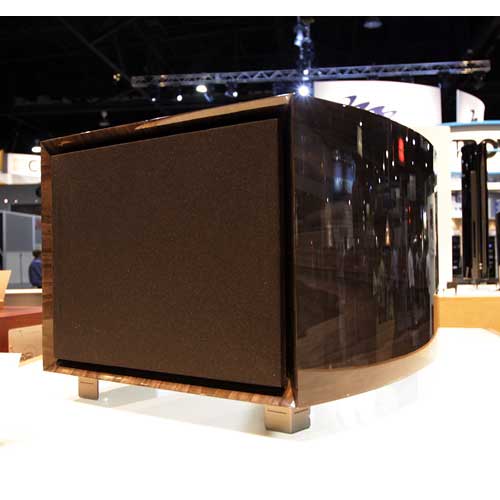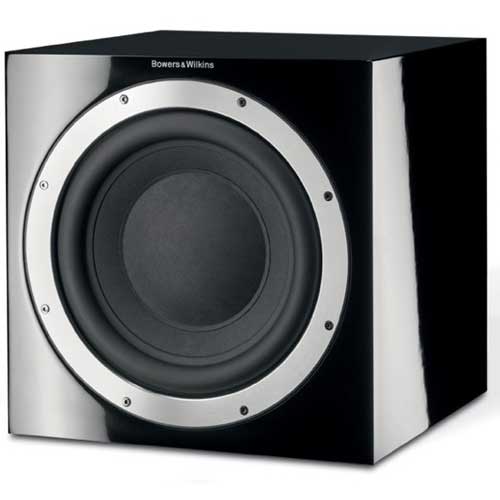Subwoofers…
How to Choose
How to Choose is our latest blog series at Hifi Gear. We wish to help both seasoned enthusiasts and newcomers to the world of Hi-Fi and Home Cinema make the best purchase decisions they can. Being there are lots many choices of products available, many seemingly having received great reviews, it is often hard to determine whether or not your existing components may mix with newer additions, or if your brand new set-up is really suited to your needs and ideal requirements. We hope to help you with these blog entries by looking and delving deeper into what every component does, as well as being able to determine a suitable choice for you.
‘Boom’ and ‘Bang’ is what the Subwoofer of a Home Cinema system is designed to do. It is designed to provide that bass which is lower in frequency than any other bass produced by a standard loudspeaker. ‘Sub’ literally means below; and ‘Woofer’ is the component speaker which is designated to produce low frequencies because of its wide and deep physical diameters. In order to produce low frequencies a wide and deep speaker is designed to cause sound waves on a larger scale. Due to the diameter of width, the sound waves are wider and much more forceful in vibrating the air, causing an audible low frequency to be made. In addition to this a device called a ‘cross-over’ separates higher frequencies from lower frequencies, ensuring that the designated subwoofer speaker component is purely projecting sound of a certain low frequency bandwidth; often of 120Hz and below. With the subwoofer purely designated for such a low range of bass frequencies the rest of the speakers in the system (centre, surrounds and main speakers) can continue to focus on delivering the best of their abilities in their own designated band operating width.
Looking in hi-fi shops and on the internet is a very good way to just see how much range and potential there is in the field of subwoofers. Of course, it can also be a mind-boggling field of confusion too. ‘Active’ and ‘Passive’ are just a couple of the jargon terms related to subwoofers. And for some, it really isn’t clear as to what this jargon can actually mean. Let’s take a deeper look into both of these terms.
Active:
Active subwoofers are those which feature their very own internal amplifier. This amplifier boosts and concentrates solely on driving the component speaker of the subwoofer, ensuring that a deep and rich bass is sounded from the unit. These types of subwoofer often require their own input signal from your AV receiver through a special RCA plugged subwoofer interconnect.
Passive:
A passive subwoofer is designed to function by running from an input of a speaker audio signal. This means that your AV receiver’s speaker post output is fed into the subwoofer and then back out onto the receiving component speakers. However, this is ideal if you have a stereo Hi-Fi with no subwoofer connections, but not ideal in a Home Cinema system as it then reduces frequency response and power of the main speakers within your Home Cinema system. If anything, an active subwoofer is much more of an ideal solution for low frequency response within a Home Cinema system.
Price ranges of subwoofers can vary tremendously: £99.95 to £5,619.98 to be exact with our own stock at Hifi Gear. Obviously, it’s a huge range to consider. However, keep a few of these things in mind when considering buying a subwoofer:
- Room size. Depending on the size of your room, it is strongly advisable to consider a subwoofer that is both capable of filling the room and one that isn’t able to drown-out the sound of other speakers within the system. Otherwise the bass can be overwhelming and cause an undesirable sound.
- Consider a subwoofer that will match your existing audio components in terms of performance and suitability. It is not ideal to mix brands either, purely as each brand has its own sound characteristics and this can be interfered with when trying to integrate a multiple number of varied components together.
- Consider how you want your subwoofer to appear in an aesthetic quality. There are many designs that will blend with existing components, whilst others may obtrude greatly against existing components, or your décor scheme. If you wish to have minimal visibility of your subwoofer, consider looking at some of the subwoofers on the market that are designed for custom installation. These are slimmer and much more convenient to hide without the usual sacrifice of sound quality - mainly due to the advancement in driver and component technology in recent years’ advancements. Speakercraft’s Cinema Sub 8 is a specifically designed subwoofer for being placed into walls for custom designed installation.
With all of these factors in mind, have a careful look around and then make a list of ideal candidates. Once you have a list of ideal candidates, set about looking into them as competitors against each other. See how they all compare in areas of performance, value for money and maybe aesthetic appeal too. Further from these basic factors, it is worth researching reviews in magazines and on the internet. These will hopefully give a great insight and opinion from experienced and budding users alike. However, nothing beats auditioning each of your ideal subwoofers. What it says on paper does not necessarily mean what it does in terms of audible performance. Cabinets, component quality and manufacturing qualities can also make a tremendous influence over sound performance. We can help at Hifi Gear by allowing for multiple demonstrations in our specifically designed Home Cinema demonstration room.
Another method of getting a great opinion is by speaking to us at the shop by phone, or face-to-face. We’re always happy to help and can point out further tips and factors. We can help as we all love Hi-Fi and Home Cinema, as well as working with today’s available models all the time.
Thanks for reading, we hope it helps.


